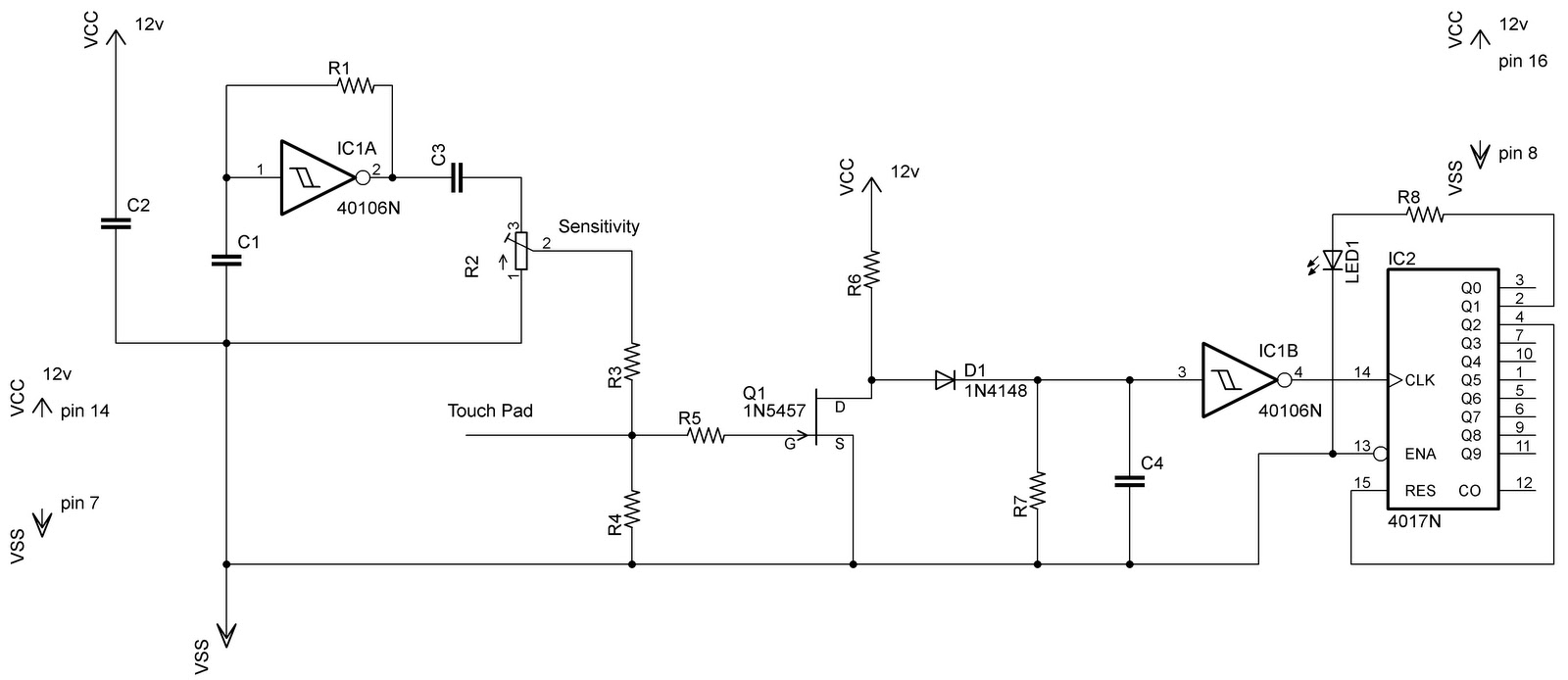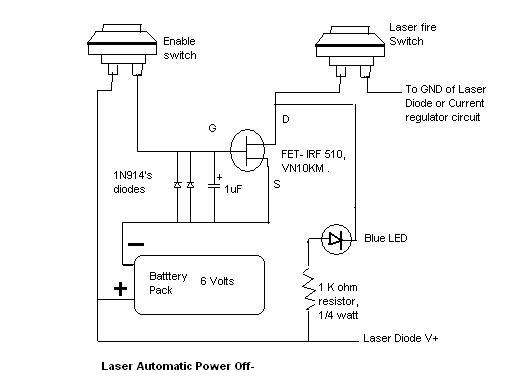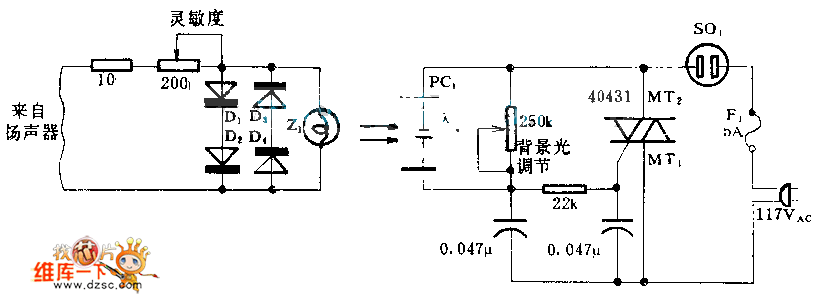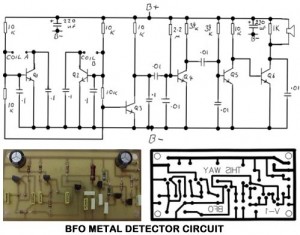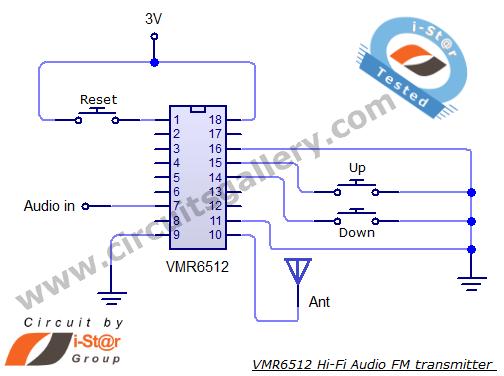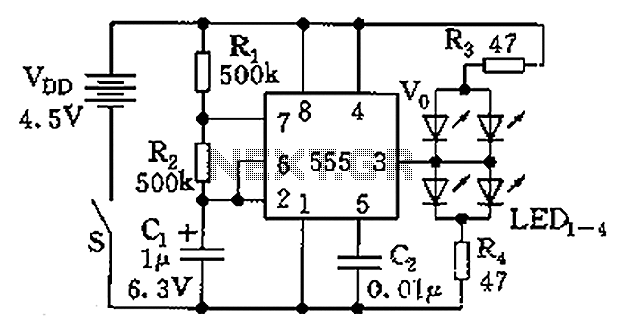
Sine wave converter circuit

The circuit serves as a signal source for calibration level meters or sensor-driven differential transformers. The oscillation frequency is determined by the 74HC04, producing a frequency of 1 kHz through resistor R. The supply voltage of the circuit changes in accordance with the output amplitude. A switch converts the output voltage into a square wave, which is then transformed into a sine wave by filtering out high frequencies using a low-pass filter. The level of waveform distortion is contingent upon the performance of the filter, and a series of filters may be employed based on specific requirements.
The circuit utilizes a 74HC04 hex inverter, which is integral for generating the oscillation frequency. The inverter's output can be configured to produce a square wave signal, which is a fundamental aspect of many signal generation applications. The resistor R is crucial in setting the frequency of oscillation; by adjusting its value, the output frequency can be finely tuned to meet the requirements of various calibration tasks.
The supply voltage (Tl) is dynamically influenced by the amplitude of the output signal, allowing for a responsive design that adapts to varying signal levels. This characteristic is particularly useful in applications where sensor signals may fluctuate, ensuring consistent performance across a range of operating conditions.
The switch plays a pivotal role in shaping the output waveform. By toggling the switch, the output can be transformed from a varying voltage level into a square wave signal. This square wave is then subjected to low-pass filtering, which effectively attenuates higher frequency components that are not desired in the final output. The design of the low-pass filter is critical; it typically consists of passive components such as resistors and capacitors, which work together to smooth out the square wave into a cleaner sine wave.
The performance of the low-pass filter directly affects the fidelity of the output waveform. The cutoff frequency of the filter must be carefully selected to balance between adequate signal smoothing and maintaining the integrity of the desired frequency component. Additionally, depending on the application, a series of filters may be utilized to achieve the desired level of signal purity and distortion minimization.
In summary, this circuit design is versatile and can be adapted for various calibration and sensing applications, with careful consideration given to component selection and configuration to optimize performance.The circuit can be used as the signal source of calibration level meter or sensor-driven differential transformer. Circuit oscillation frequency is determined by the 74HCO4, and it is transferred lkHz by R. The supply voltage of Tl changes with the amplitude output. The switch turns the output voltage into square wave, then it will get sine wave b y filtering the high frequency by low-pass filter. Waveform distortion depends on the performance of the filter, and the series of filter is used according to the need. 🔗 External reference
The circuit utilizes a 74HC04 hex inverter, which is integral for generating the oscillation frequency. The inverter's output can be configured to produce a square wave signal, which is a fundamental aspect of many signal generation applications. The resistor R is crucial in setting the frequency of oscillation; by adjusting its value, the output frequency can be finely tuned to meet the requirements of various calibration tasks.
The supply voltage (Tl) is dynamically influenced by the amplitude of the output signal, allowing for a responsive design that adapts to varying signal levels. This characteristic is particularly useful in applications where sensor signals may fluctuate, ensuring consistent performance across a range of operating conditions.
The switch plays a pivotal role in shaping the output waveform. By toggling the switch, the output can be transformed from a varying voltage level into a square wave signal. This square wave is then subjected to low-pass filtering, which effectively attenuates higher frequency components that are not desired in the final output. The design of the low-pass filter is critical; it typically consists of passive components such as resistors and capacitors, which work together to smooth out the square wave into a cleaner sine wave.
The performance of the low-pass filter directly affects the fidelity of the output waveform. The cutoff frequency of the filter must be carefully selected to balance between adequate signal smoothing and maintaining the integrity of the desired frequency component. Additionally, depending on the application, a series of filters may be utilized to achieve the desired level of signal purity and distortion minimization.
In summary, this circuit design is versatile and can be adapted for various calibration and sensing applications, with careful consideration given to component selection and configuration to optimize performance.The circuit can be used as the signal source of calibration level meter or sensor-driven differential transformer. Circuit oscillation frequency is determined by the 74HCO4, and it is transferred lkHz by R. The supply voltage of Tl changes with the amplitude output. The switch turns the output voltage into square wave, then it will get sine wave b y filtering the high frequency by low-pass filter. Waveform distortion depends on the performance of the filter, and the series of filter is used according to the need. 🔗 External reference
